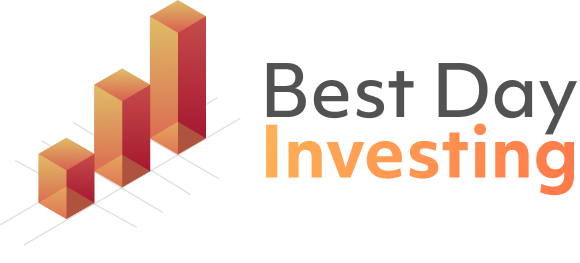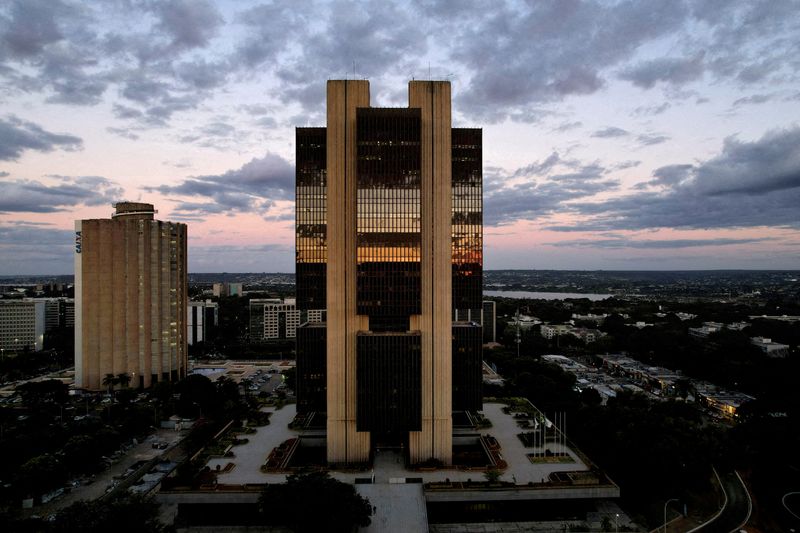By Marcela Ayres
BRASILIA (Reuters) -Brazil’s central bank said on Tuesday that further deterioration in inflation expectations could extend the monetary tightening cycle, with its action remaining “a fundamental factor” in steering expectations back towards the 3% target.
In the minutes from the Nov. 5-6 meeting, when policymakers accelerated the tightening pace with a 50 basis-point hike that pushed rates to 11.25%, the central bank noted that recent concerns over rising public spending and the sustainability of the country’s fiscal framework have significantly impacted asset prices and market expectations.
Despite the central bank’s two rate hikes since September and signals of more to come, market inflation expectations have continued to drift from the target amid a more challenging outlook for inflation, marked by a weakening Brazilian real against the U.S. dollar, stronger-than-expected economic activity, and a tight labor market.
This backdrop includes inflationary pressures fueled by policy proposals from U.S. President-elect Donald Trump and Brazil’s fiscal uncertainties, which have driven up risk premiums on Latin America’s largest economy.
President Luiz Inacio Lula da Silva’s economic team had indicated that a package to curb mandatory spending would be presented following the conclusion of October’s municipal elections.
However, despite a series of meetings with ministers, the leftist leader has said he is yet to make a decision.
In the minutes, the central bank reinforced the need for sustainable fiscal rules, and said that “the reduction of spending growth, especially in a more structural way, could even induce economic growth in the medium term through its impact on financial conditions, risk premium, and better allocation of resources.”
Regarding the United States, policymakers stressed continued high uncertainty around the pace of disinflation and economic slowdown, adding that potential shifts in economic policy – such as fiscal stimuli, labor supply constraints, and new import tariffs – heighten outlook doubts.



